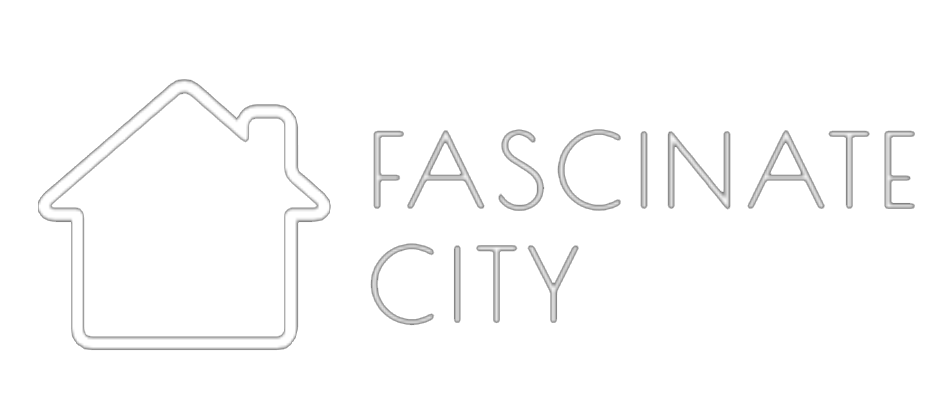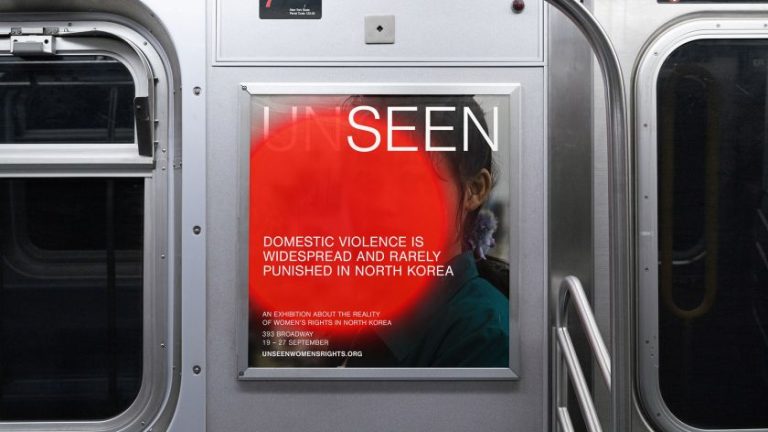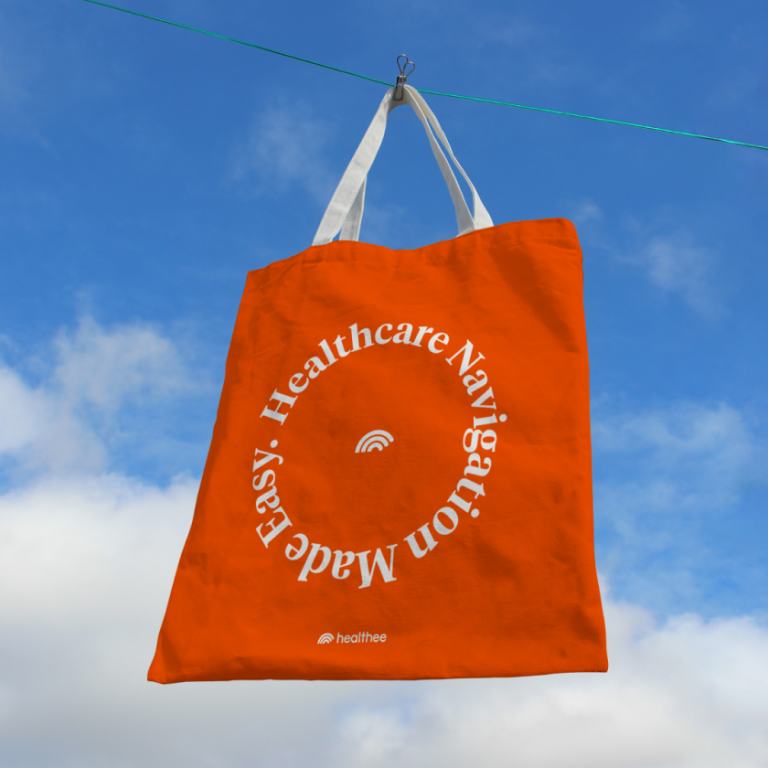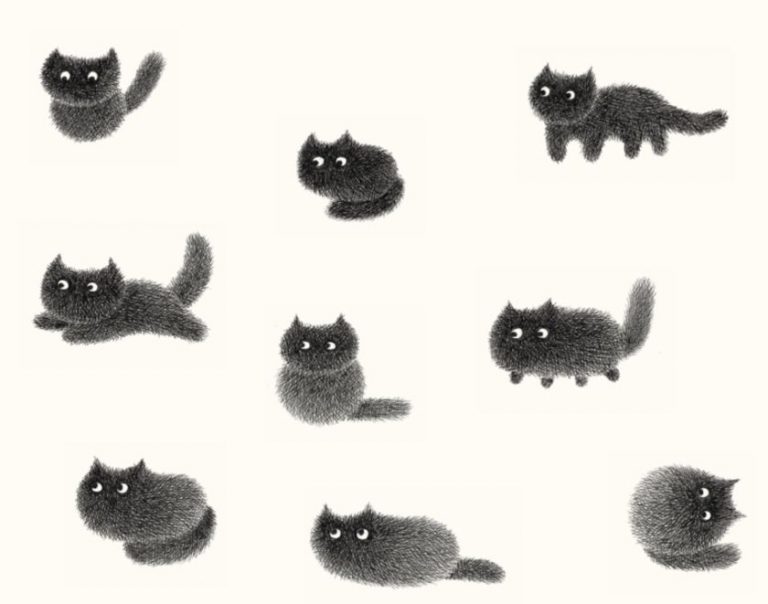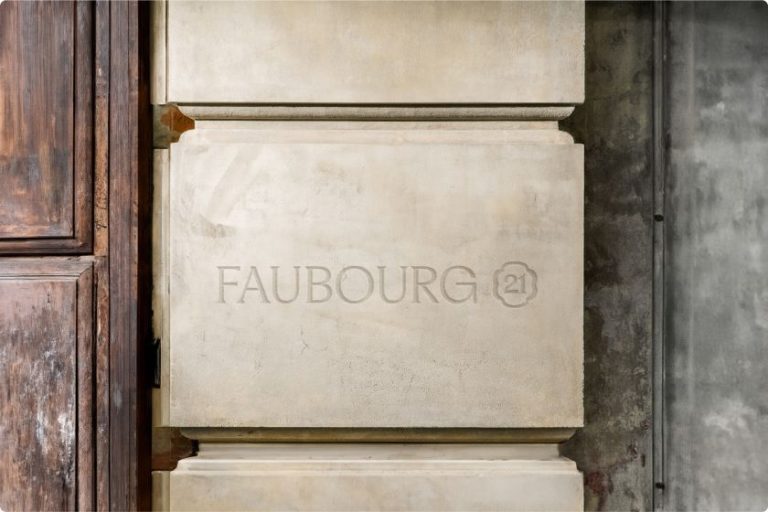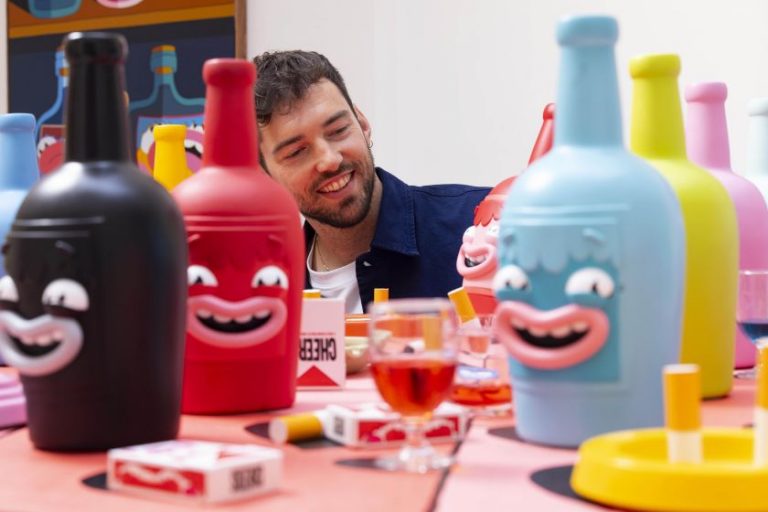Image licensed via Adobe Stock
From quiet exclusion to blatant humiliation, bullying is still a huge, often hidden problem across the creative industries. In this special report, we’re shining a light on it.
The creative industries have long been romanticised as spaces where passion meets purpose, where collaboration flourishes, and where diverse voices are celebrated. Yet behind the warm words on glossy agency websites lies a darker reality that many know all too well, where bullying is rampant, systematic and often goes unchallenged.
When Katy Cowan, founding editor at Creative Boom, shared her own experiences of workplace bullying on LinkedIn, the response was overwhelming. A worrying number of creatives have come forward with their stories, painting a picture of workplaces where toxic behaviour is normalised and victims are made to feel like the problem.
The many faces of bullying
This bullying rarely looks like the playground variety we might expect. Instead, it manifests in more insidious ways that can be difficult to identify.
One anonymous respondent described their experience at a well-known creative studio. “At first, it was small things,” they recall. “Being singled out for rules that didn’t apply to others, and feedback that crossed the line into personal criticism. I tried to rationalise it. Perhaps they were stressed, or perhaps I was overthinking it. But over time, it escalated.
“My work was pulled from client decks minutes before meetings, with no explanation. Ideas were praised privately, only to be dismantled publicly. The final straw came when a project that had been approved in a one-to-one meeting was torn apart in front of the team the very next day. I was humiliated, and it felt deliberate.”
Another describes working at “a really nasty place” because of the founder. “He bullied 15 people out of an agency over time. My experience included being removed from projects, not being copied into emails, and being undermined by other staff. The awful thing? This guy still posts on LinkedIn, acting like he’s God’s gift to love and harmony.”
For neurodivergent creatives, the challenges can be even more pronounced. One respondent, who has autism, ADHD and dyslexia, described over a decade of persistent cruelty.
“I’ve been in the industry for 13 years now, and I’ve been bullied from the first day of my career until the present day,” they explain. “I get on well with project managers and account people; it’s largely been creative directors and other designers who have bullied me. I’ve walked into my workspace countless times to find people rummaging through my personal belongings and computer. People are explicitly open about their distaste for neurodivergent people. ‘Retards’, ‘sex predators’, ‘weirdos’, ‘neurotics’… the list goes on.”
The power dynamic problem
Agencies typically have hierarchical structures, which can create fertile ground for abuse. As creative consultant Dominic Livingston explains: “Being a freelancer, you get a unique perspective going into many different companies. Even in good working environments, these unfortunate situations can occur, as they’re frequently fast-paced, high-pressure and at times highly stressful.
“This has also led to some uncomfortable conversations where I’ve been made to feel guilty for speaking up and calling out unacceptable behaviour,” he adds. “I’ve been told: ‘You’re just a freelancer’, which leads to a narrative that if no one else is speaking up about it, it must just be you.”
The power imbalance between senior creatives and juniors means bullying often goes unchecked. Victoria Harris, now managing director at The Harris Group, recalls her own experience many years ago: “I worked for a PR company where I was consistently bullied by an older man who had daughters my age. I used to go home in tears.” Another respondent describes being told by their manager: “I could destroy you if I wanted.”
Humiliation and gaslighting
One respondent shares how their creative director collected up “minor faults” before orchestrating a public humiliation. “It was evident he was throwing me under the bus in order to appease company owners,” they recall. “He’d made up that I’d insulted the deceased father of the company owner, and all sorts. This is where things started. Since then, he found faults in all of my works, no matter what. I found out from a mutual connection he’d been fired from an agency previously after informal and formal complaints of bullying.”
Another anonymous creative describes working at an agency where “the bullying was systemic from the top down: a real toxic hierarchy. The MD routinely made the designer and marketing coordinator cry and shouted at other employees for minor mistakes or personal matters. There was a lot of gaslighting. The senior staff’s advice to us was ‘keep out of the eye of Sauron’.”
In short, the MD’s behaviour was so unpredictable that staff lived in fear. “She offset her outbursts and snarky comments by giving grand gifts at Christmas and playing nice, but at any moment, she could snap.”
Financial and professional impact
The consequences of such behaviour aren’t just awful for the victim, they can also adversely affect the company. One graphic designer shared how their success was punished rather than rewarded.
“During my best year, the majority of the work that left the small studio I worked at was my own,” they explain. “We won several new clients that year off the back of my work, as some of it went viral and won some awards. One account I estimate was in the six figures. I was hoping to be rewarded in some capacity. I was, in fact, punished. I got taken off the better briefs that came through the studio, and found myself largely doing art-working for the following year.”
This led to them deliberately underperforming to survive, a bit like how bright kids at school often pretend to be dumber to avoid abuse. “I have to be very careful about the work I present and often have to hold back my best work in order to survive,” they explain. “I have to take strategic dives so that the distribution of selected work is more even across the studio designers.”
Perhaps most troubling is how frequently workplace bullying is mishandled when it’s reported. One anonymous contributor described confronting their manager after months of harassment: “There was no apology, no accountability, just the words ‘sorry you feel that way’.”
Damaging to health
The impact of all this extends far beyond affecting professional advancement; it can even harm physical health. “I had a creative director ignore me for three weeks straight,” says one respondent. “No contact. No briefs, no nothing. On a Friday at the end of that period, I had to rush to A&E. I informed him at 9:20am. He briefed me on a project at 10:30am, by email, and proceeded to phone me four times.”
Similarly, one respondent described being questioned about their medical emergency. “I had a seizure that left me with a black eye and an overnight hospital stay,” they recall. “I took just three days off. When I returned, I had a ‘return to work’ call that was essentially my line manager questioning whether the seizure had really happened, despite my black eye being visible on screen.
“I was later sent an email stating that it was my responsibility to manage my seizures, and that I should take ibuprofen on my period to prevent them; a completely uneducated and frankly bizarre suggestion.”
Industry-wide issue
The problem extends across different creative sectors. In fashion, one respondent described witnessing extreme behaviour. “I’ve had creative directors call size eight women ‘too fat’ and to ‘take it off, you look disgusting’, just for trying on samples in the office. I’ve seen someone throw a pair of fabric-cutting scissors at another person.”
In visual effects, meanwhile, the divide between teams can exacerbate problems. As one respondent explains: “There’s a two-tiered environment of creative and technical, which creates a lot of friction as both camps decide that they can’t possibly understand each other.”
The cumulative effect of sustained bullying can be devastating. One designer described the relentless nature of their experience. “Comments included: ‘You’re on £8k more than your skill level implies’, ‘You won’t ever earn much working like this’, and ‘I should be spending time with my children, not amending your work’.”
Freelance exodus
Many creatives are choosing to leave traditional employment altogether. One former agency worker explained: “My experience with bullying pushed me to go freelance, and it’s been the most empowering decision of my career. I’ve learned to respect my worth and never again tolerate mistreatment.”
Another echoed this sentiment. “Since going freelance, I’ve realised it wasn’t me,” they explain. “I’ve had some of the best coverage of my career, my clients trust me, I don’t need anyone to review my emails—imagine that!—and I’ve had more pitches picked up than ever.”
Award-winning designer Chí Zhāng tells a similar tale. “I’ve had to deal with racism, toxic masculinity and ageism in the workplace,” he reveals. “I’ve been happier since I started working solo and taking control of who I work with.”
Paths forward
So what can we, as an industry, do?
The first step is to continue breaking the silence. Because only by sharing such experiences can we begin to confront the toxic cultures that have persisted for far too long. The creative professionals who have bravely shared their stories deserve better, as do the countless others who have yet to speak up.
Hopefully, the more we talk about it, the more understanding we can generate across the industry. As Dominic notes, “We could all be more aware, listen and deploy more empathy. To acknowledge it, address it and support both people in the situation. In my own personal experience, I’ve come to realise they didn’t intend to hurt me or others. It was, unfortunately, their own unhealthy way of dealing with or navigating their own pain or emotions.”
Maybe we also need to look at how our businesses are structured and whether too much power and influence are put into too few hands. As one of our anonymous respondents put it: “What’s often overlooked is that some of the biggest names in our industry are also the worst offenders when it comes to toxic culture. Power dynamics and egos thrive in silence, which is why I believe it’s important to speak up.”
